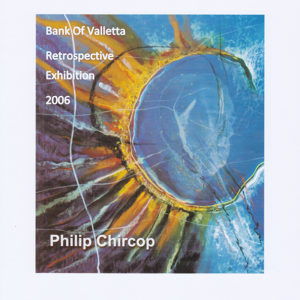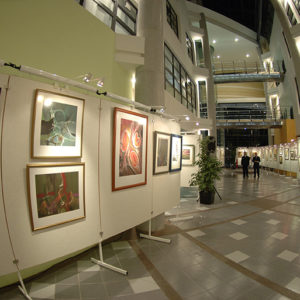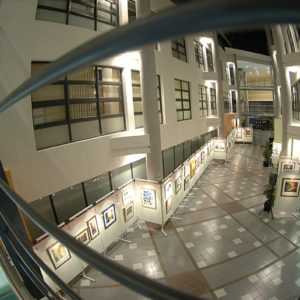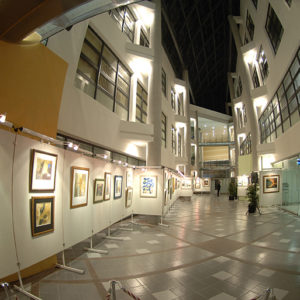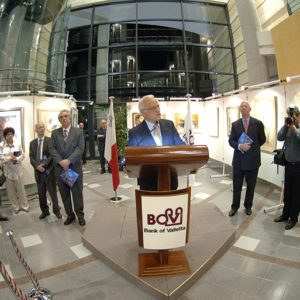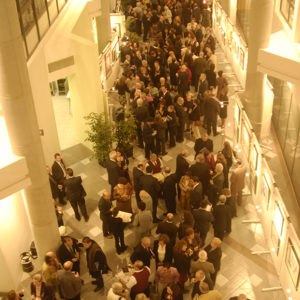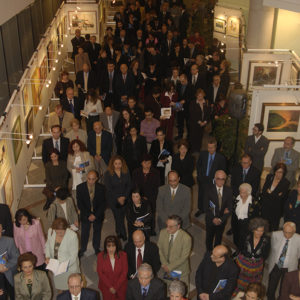In the exhibition catalogue Emmanuel Fiorentino, an art critic and historian, writes:
“In the abstractions by Philip Chircop, one can notice some elements that he has been employing consistently throughout the years. But there are equally other elements that have sprung forward without antecedent preludes. Each painting becomes an individual source of surprise as it taxes our ability to seek an affinity to it, it mostly depends on the spectator to manage that affinity, in much the same way that a piece of music, that most tangible of arts, would reap its own fanciers according to its listeners.
So there we have it. With these abstract paintings it is the spectator who has that enviable position to decide for himself whether he is the right person to discover that required affinity to enjoy, or at least appreciate, these paintings.
Incidentally Chircop makes it a point that whenever he is painting there is always some background classical music keeping him company. Thus we can come nearer to the realisation that the abstractions of Chircop do have some starting point from the emotions that germinates from the abstract language contained in music itself.”
